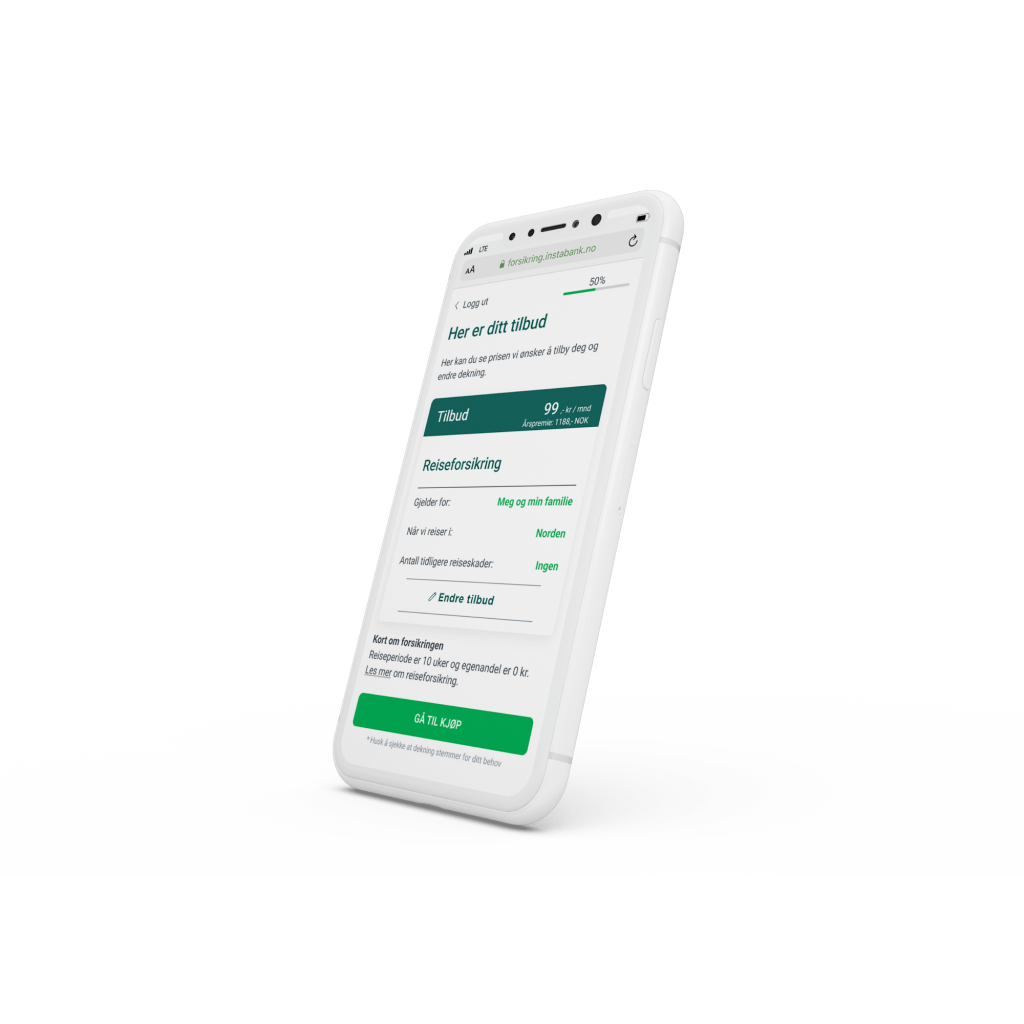
Online business has seen a massive uptick due to the pandemic. The e-commerce industry has exceeded levels not expected until 2025 and is predicted to make over $843 billion in sales in 2021. From groceries to clothing and electronics, digital platforms offer a wide range of products to potential buyers.
Online retail brings merchants many benefits, including 24/7 communication with customers, flexible working hours and the possibility to generate permanent earnings during the quarantine period. However, choosing a pricing strategy for an e-commerce business can be tricky. There are many well-known and effective pricing strategies. Knowing which one to use in a specific situation can give your online business a key edge over its competitors.
Dynamic pricing is the most famous and ubiquitous strategy. Everyone from Amazon and AirBnb to Uber and Target is using this strategy, and it is especially noticeable with the appearance of some sensational products on the market. In 2019, 25% of e-commerce companies were using dynamic pricing globally, and 11% intended to implement it in 2020.
What is a dynamic pricing strategy?
Dynamic pricing is a pricing strategy in which products’ prices change based on supply and demand in real time. Round-the-clock monitoring, understanding of consumers’ willingness to pay and flexible prices provided by dynamic pricing can help retailers to increase profits by an average of 10% and increase sales by up to 30%. It gives retailers the opportunity to cut prices to increase sales when they are sluggish and to raise prices to make more profit when they are prosperous.
The key technologies that enhance a dynamic pricing strategy are:
Big data: This combines customer data and external data sources such as surfing behaviour into one dataset that serves as a basis for dynamic pricing algorithms. Big data analysis allows merchants to define current market conditions and optimise prices based on supply and demand.
Data science: Artificial intelligence enables automated algorithmic pricing. It analyses large datasets and detects consumer behaviour patterns, resulting in effective price recommendations. Machine learning allows non-stop processing of large amounts of data and powers the algorithms that predict sales and adjust an item’s price accordingly.
Also, there are programs that allow you to quickly and efficiently analyse the market. Price analysis software, for example, is already popular and 22% of retailers are using it. Automation can certainly increase your profits.
The benefits of a dynamic pricing strategy: real-life examples
Retailers can capture multiple benefits from a dynamic pricing strategy, from detecting market trends and accelerated sales to increasing customer loyalty. Dynamic pricing has added an average of 2% to 3% to the consumer’s bottom line.
Moreover, dynamic pricing allows retailers to set different prices and observe their elasticity before finding the optimal market price. Here are some retail players that leverage dynamic pricing:
- Amazon: one of the largest retailers using dynamic pricing strategy. Prices change, on average every 10 minutes, and this has led to 25% increase in profits.
- Walmart: a leader in the loss-leading pricing strategy, Walmart had to turn to dynamic pricing to compete with Amazon. In 2013, after adopting a dynamic pricing strategy, worldwide online sales grew by 30%. Walmart’s success continued, leading to sales growth of 37% in Q1 2019.
- Target: the eighth-largest retailer in the United States is also using dynamic pricing algorithms and adjusts its prices based on local economic factors.
Four types of dynamic pricing strategy to implement in your business
The tactics used by most online stores are similar. However, the dynamic pricing strategy can be applied in different forms. Four dynamic pricing models that could help you in the future are:
- Segmented pricing. By addressing a large, segmented pricing market, you have the ability to tier prices to capture as much of the market as possible.
- Peak price. Peak prices allow you to take advantage of fluctuations in demand by raising prices when demand is high or when competitors are running low on inventory. Often, traders can use this strategy during the holidays when consumer demand for a variety of products is high, for example, when buying gifts for their loved ones. This is the "moment" strategy.
- Pricing over time. This pricing method allows you to adjust prices based on how long items have been on the market.
- Penetration pricing. This type of pricing allows you to set a lower price as you bring your product to the market. By lowering the price, you can easily attract customers, thereby spreading awareness of your product. This strategy not only attracts customers to your store, but also alienates them from your competitors. You can then gradually raise prices as the product becomes more popular.
Final thoughts
Online business can be very profitable if you do it right. Selecting an effective pricing strategy is a key element of running a successful business. Here’s a rundown of other pricing strategies to consider:
- Consumer-centred pricing. This requires a thorough analysis of your customer base and the market in which you will be working. The downside of this strategy is that dividing your audience into groups can be time-consuming.
- Discount pricing. With this pricing strategy, you can increase your sales by offering your products and services to customers at discounted prices. The most notable drawback of this strategy is that it can make high-quality products cheap, thereby lowering profitability.
- Premium prices. This strategy entails setting prices for your products and services above what your competitors offer. Although this is contrary to common sense, this strategy sometimes increases attention on these products, which, of course, attracts more buyers. This gives your products and services a more exclusive and luxurious branding that shoppers looking for premium quality products might like. The downside of this strategy is that you could lose market share if your customers get the same quality at a lower price elsewhere.
- Cost-based pricing. With this e-commerce pricing strategy, you lock in a percentage of your product's total value in pricing to determine the selling cost. Depending on your audience, you can add 20% to 100% of the total cost to the product price. The risk is that a decline in profitability may occur if prices are too low.
- Market-oriented pricing. You can use this strategy to value your products and services based on prevailing market conditions, especially when it comes to your competitors. The disadvantage is that it takes more resources to implement.
- Psychological pricing. This strategy is based on human psychology. For example, for a product that would sell for $20, you can set the price at $19.95. These small changes can have a significant impact on consumers' buying behaviour, as they may be encouraged to buy a product that at first glance appears to be cheaper, even though the difference is minimal. The risk of using this strategy exists for luxury brands — people don’t trust luxury goods if they’re considered to be low-priced.
- Package cost. Merchants use this method to sell multiple items in one package. This pricing strategy usually works best for online retailers who sell food or clothing. With this strategy, you can sell multiple items at the same price. For example, you can combine a sweatshirt, pants, and scarf and sell them as a set. The disadvantage is that in the future, it can be difficult to sell the items individually.
- Binding prices. With this strategy, you list the original price of the product next to the current discounted price. Thus, the buyer is reminded of how much they will save by purchasing the advertised product. The main disadvantage is that it reduces profit margins and increases competition.
- Comparative prices. This e-commerce pricing strategy involves side-by-side comparisons between the prices of premium and standard products and services. For example, you can increase your chances of selling a $500 watch by placing it next to a $1,500 watch. Psychologically, this method tends to make the first product look like a bargain, encouraging a customer to buy it quickly. The only drawback of this strategy is that it reduces the demand for more expensive products.
The e-commerce pricing strategy you choose should be determined by the size of your business and the type of products and services you offer. After all, there is no best e-commerce pricing strategy that is set in stone.

Related Insights








The breadth of knowledge and understanding that ELEKS has within its walls allows us to leverage that expertise to make superior deliverables for our customers. When you work with ELEKS, you are working with the top 1% of the aptitude and engineering excellence of the whole country.

Right from the start, we really liked ELEKS’ commitment and engagement. They came to us with their best people to try to understand our context, our business idea, and developed the first prototype with us. They were very professional and very customer oriented. I think, without ELEKS it probably would not have been possible to have such a successful product in such a short period of time.

ELEKS has been involved in the development of a number of our consumer-facing websites and mobile applications that allow our customers to easily track their shipments, get the information they need as well as stay in touch with us. We’ve appreciated the level of ELEKS’ expertise, responsiveness and attention to details.


